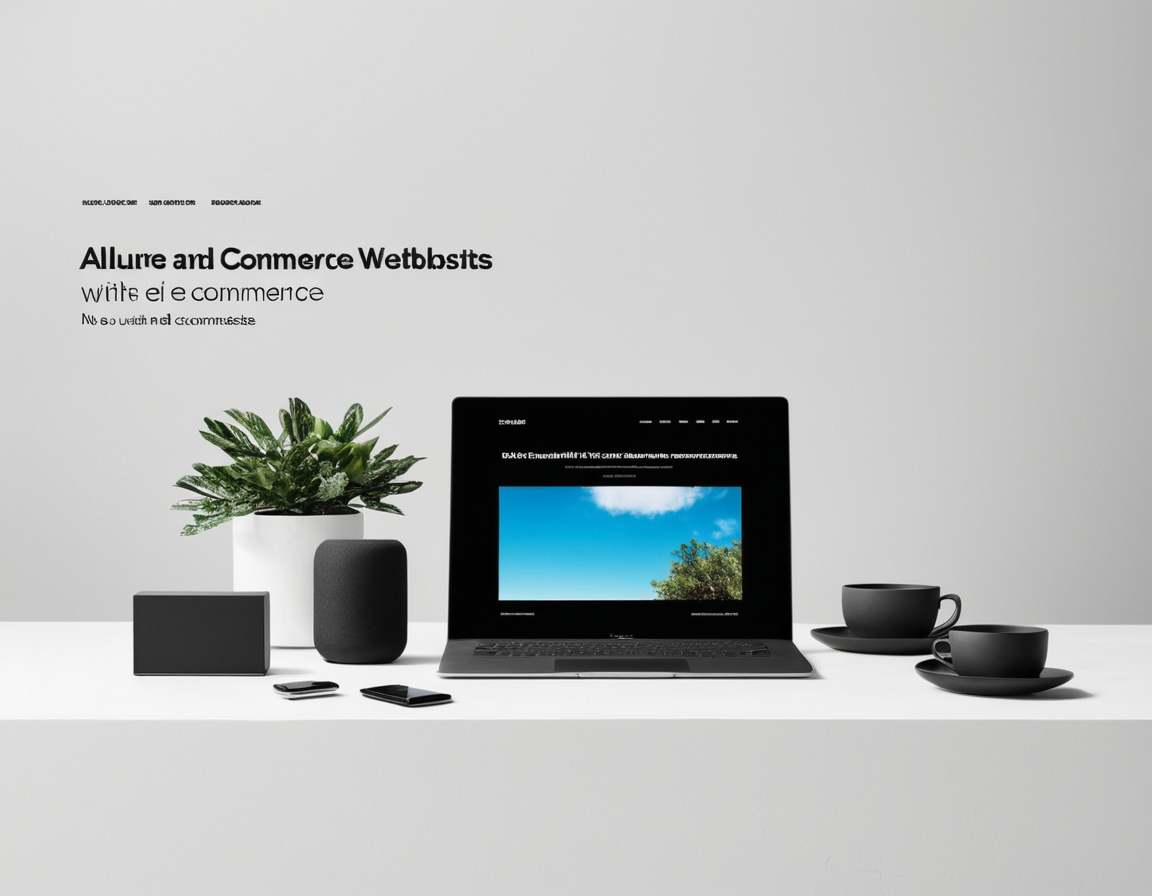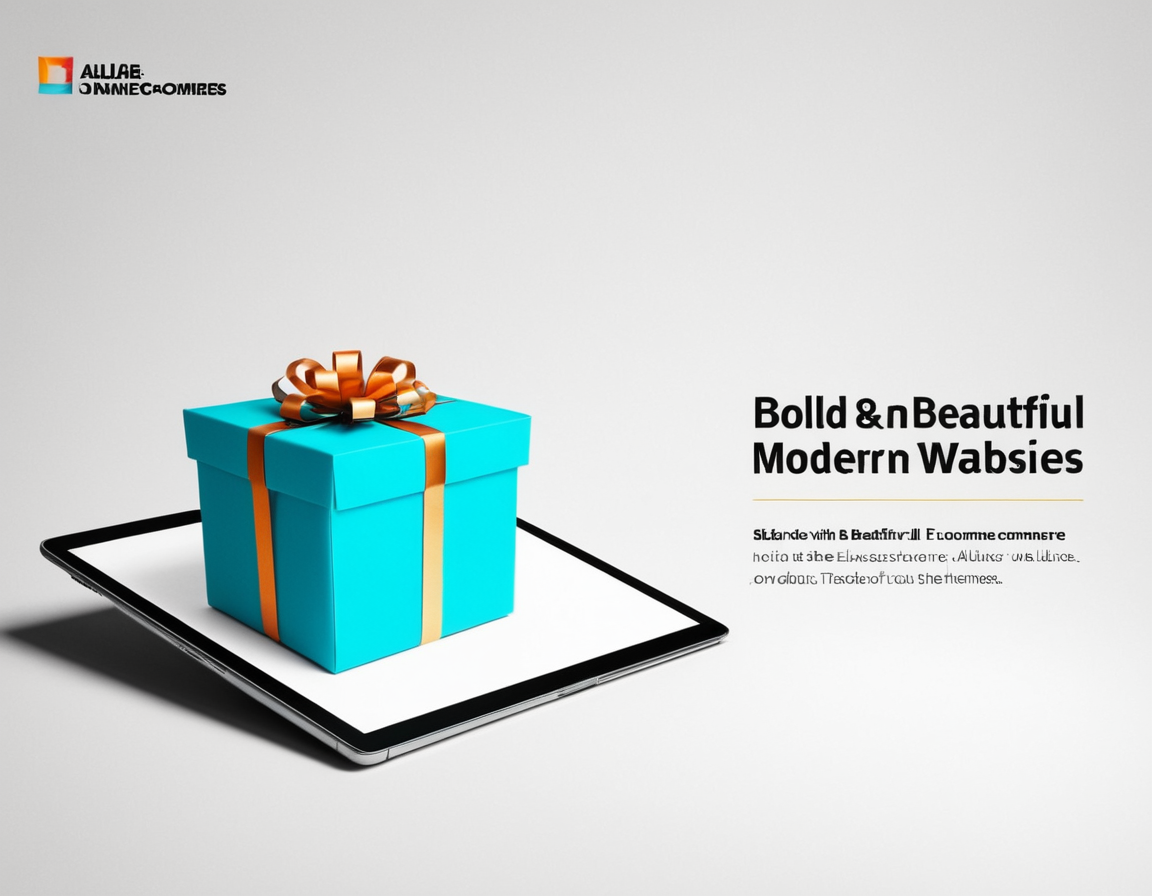: “Bold and Beautiful: Unveiling the Sleek Allure of Modern E-commerce Websites”

The world of e-commerce has undergone a significant transformation over the past decade, with modern websites now boasting sleek designs that are not only visually appealing but also highly functional. In this blog post, we will delve into the bold and beautiful aspects of these cutting-edge online stores and explore how they contribute to an optimal user experience.
1. Responsive Designs for Seamless Navigation: A modern e-commerce website is designed with responsiveness in mind, ensuring that it adapts flawlessly across various devices, including desktops, laptops, tablets, and smartphones. This feature not only enhances the user experience but also boosts search engine rankings, making it easier for potential customers to discover your online store.
2. Minimalistic Layout with Clear Product Displays: The minimalist approach adopted by many modern e-commerce websites offers a clutter-free interface that highlights products and services in an organized manner. This layout ensures that visitors can quickly find what they are looking for, leading to increased engagement and potential conversions.
3. Intuitive Navigation Menu: A well-designed navigation menu plays a crucial role in directing users throughout your e-commerce website. By organizing product categories, subcategories, and popular items, you make it easy for visitors to browse through your offerings and find exactly what they need with minimal effort.
4. Effective Use of High-Quality Images: The visual aspect is a vital component of any successful e-commerce website. Incorporating high-quality images that showcase products from different angles, along with zoom features and 360-degree views, can significantly impact the decision-making process for potential customers.
5. Seamless Checkout Process: A smooth checkout process is key to converting visitors into satisfied customers. By offering a range of payment options, including popular digital wallets and secure credit card processing, you ensure that users can complete their purchases without encountering any hurdles or frustrations. Learn more about Bold
6. Engaging Marketing Strategy: To keep your e-commerce website fresh and appealing, implement an engaging marketing strategy. This could involve regularly publishing blog posts, sharing informative product videos, and featuring customer reviews and testimonials to build trust with your audience.
7. Personalization for Enhanced User Experience: Utilize data analytics to personalize the user experience on your e-commerce website by recommending products based on their browsing history or purchase patterns. This targeted approach can significantly boost customer satisfaction and increase the likelihood of repeat visits and purchases.
8. Mobile Optimization for On-the-Go Shopping: As more consumers shop using mobile devices, it is crucial to optimize your e-commerce website for seamless mobile experiences. By ensuring that your site is responsive and easy to navigate on smaller screens, you cater to the growing number of mobile shoppers.
9. Fast Loading Speeds for Better User Experience: Website speed plays a significant role in user experience and search engine rankings. Implement techniques such as optimizing images, minifying code, reducing redirects, and enabling browser caching to improve loading speeds and provide visitors with an enjoyable browsing experience. Learn more about and
10. Incorporating AI Chatbots for Enhanced Customer Support: Integrate AI chatbots into your e-commerce website to offer 24/7 customer support and assist users in finding the products they need or answering any queries they may have. This feature not only enhances customer satisfaction but also frees up time for your team to focus on other aspects of running your business.
In conclusion, modern e-commerce websites combine bold design elements with a user-centric approach to create an immersive shopping experience that is both beautiful and effective. By incorporating these essential features into your online store, you can enhance customer engagement, drive conversions, and ultimately grow your brand’s presence in the competitive world of digital commerce.
SEO Keywords: e-commerce website design, responsive design, minimalistic layout, intuitive navigation menu, high-quality images, seamless checkout process, marketing strategy, personalization, mobile optimization, fast loading speeds, AI chatbots

